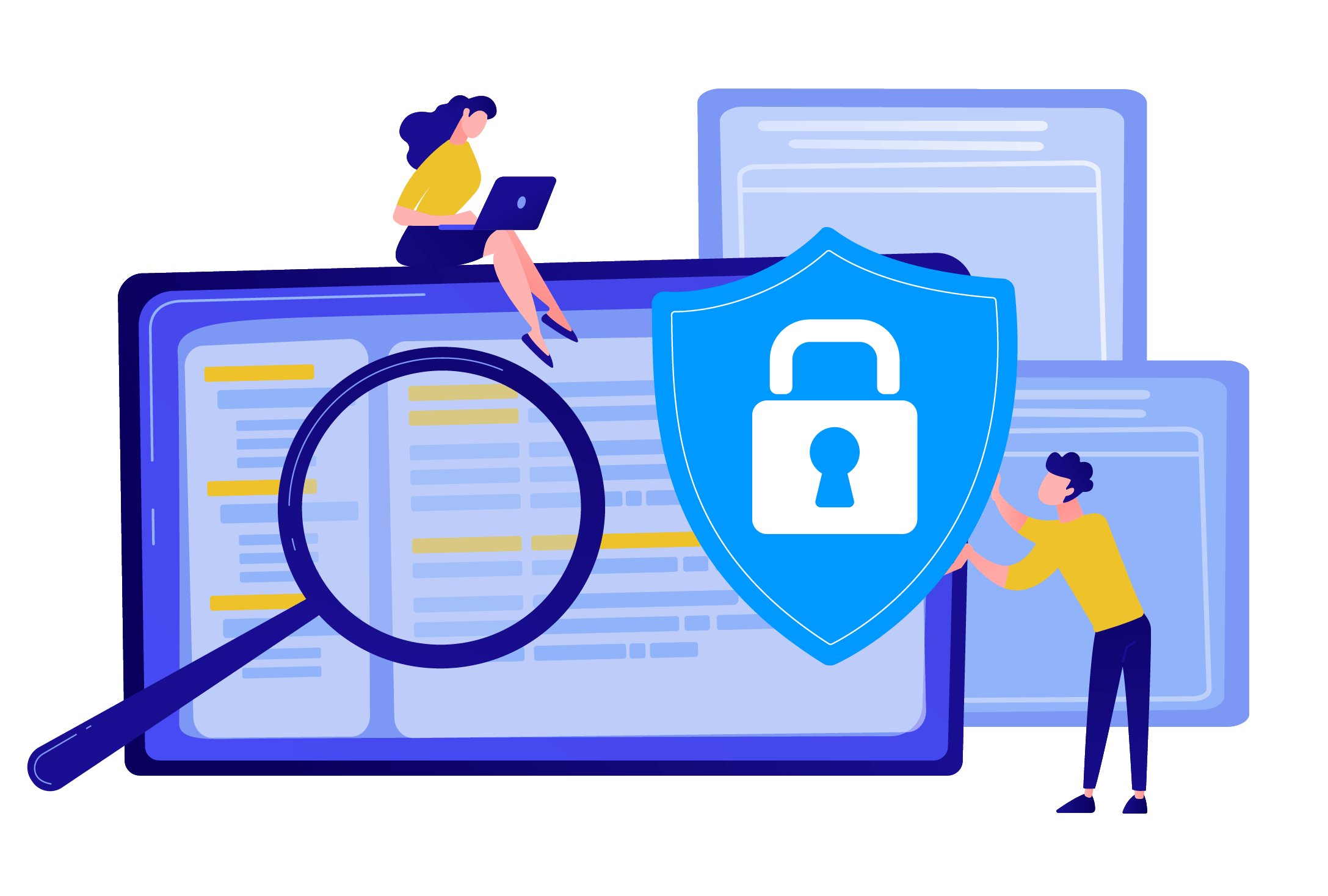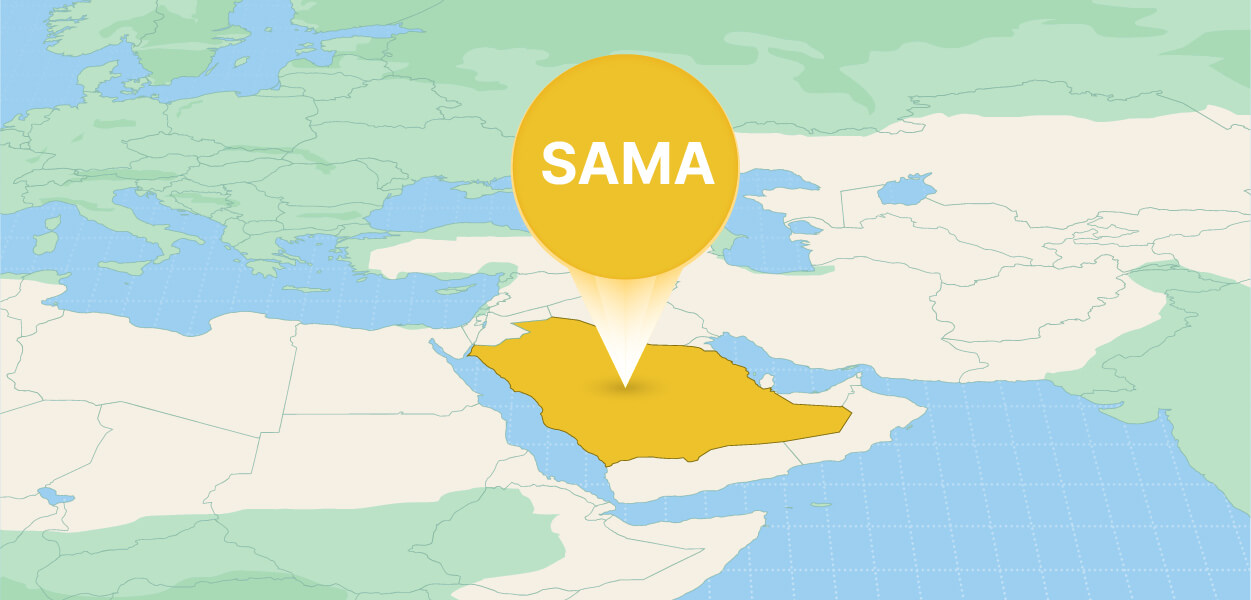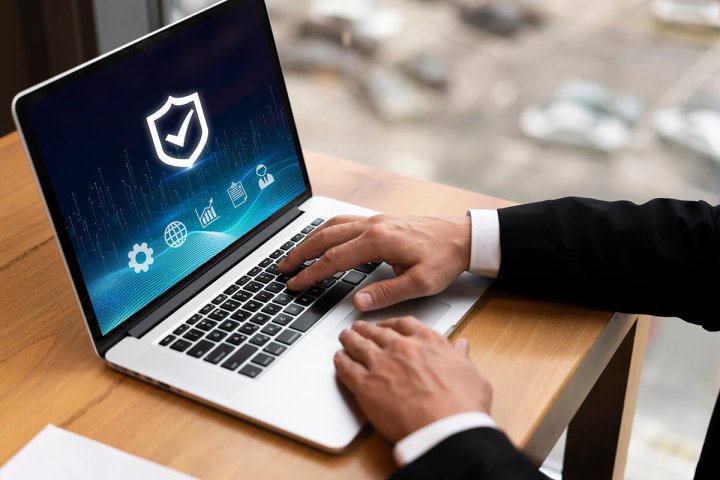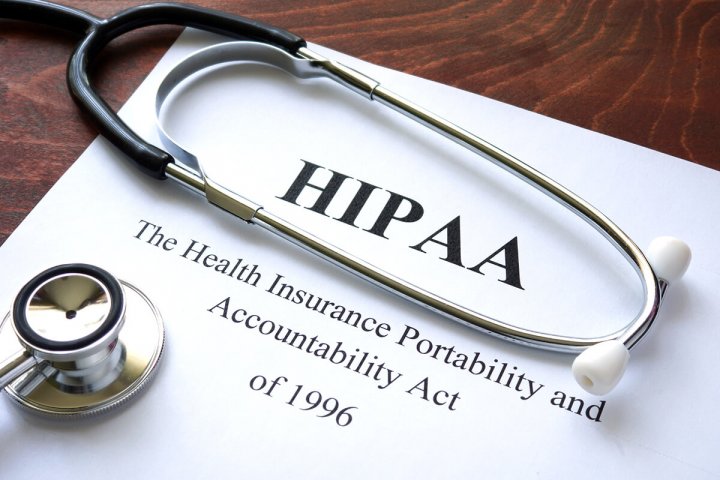With businesses relying heavily on technology to drive innovation and efficiency, the importance of robust cyber security practices cannot be overstated. Recognizing this imperative, The Saudi Arabian Monetary Authority (SAMA) has introduced a Cyber Security Framework designed to fortify the nation's financial systems and critical industries against cyber threats.
Throughout this guide, we'll explore the key components, control domains, and maturity levels of SAMA’s framework, while also providing tips and insights on how to achieve compliance with its requirements.
What is the SAMA Cyber Security Framework?
The Cyber Security Framework, established by the Saudi Arabia Monetary Authority in 2017, serves as a comprehensive guideline for financial institutions operating within Saudi Arabia to enhance their cyber resilience and mitigate cyber security risks effectively. This framework outlines principles, objectives, and best practices that member organizations have to adhere to in order to maintain the integrity of the financial sector and protect the sensitive data that these organizations hold.
These are the key components of the framework:
- Maturity levels: The framework categorizes cyber security maturity into six levels, ranging from non-existent to adaptive. Each level represents a stage of development in implementing cyber security controls, from basic ad-hoc practices to proactive, adaptive measures. We’ll go over these in more detail below.
- Control domains and principles: The framework defines 4 categories of control domains. The underlying principles and explanatory objectives serve as pillars for establishing a robust cyber security posture for every SAMA member organization. The control domains with their principles and objectives are further discussed below.

Purpose of the SAMA Cyber Security Framework
The SAMA Cyber Security Framework serves multiple purposes, including:
- Creating a common approach to addressing cyber security: At its core, the SAMA Cyber Security Framework is all about shielding critical infrastructure and sensitive data within the financial realm, and making sure all members go about it in the same way. It's like putting up a fortress of cybersecurity controls and practices to fend off unauthorized access, data breaches, and other pesky cyber threats that could compromise the integrity of organizations’ infrastructure and valuable information.
- Preventing data loss and mitigating cyber threats: The SAMA Cyber Security Framework steps in to prevent data from slipping through the cracks and to fend off cyber threats like malware, phishing, and ransomware. By following the framework’s principles, organizations are able to better – and in a uniform way – identify and patch up weak spots in their cyber defenses, reducing the chances of data breaches.
- Boosting resilience against cyber attacks: With a structured cyber security approach in place, organizations will be ready to detect, respond to, and bounce back from security incidents. This means fewer disruptions to operations and smoother sailing through the storm of cyber threats.
- Staying on the right side of the law and compliance with global standards: The SAMA framework ensures that organizations toe the line with international cyber security standards and regulations. By following the framework's guidelines and control requirements, organizations show they're serious about meeting industry standards and regulatory rules, sidestepping the risk of penalties and compliance hiccups.
Scope: Who does the SAMA Cyber Security Framework apply to?
The SAMA Cyber Security Framework casts its net over all financial institutions operating within Saudi Arabia's borders. This includes banks, insurance companies, investment firms, and other entities knee-deep in financial activities regulated by SAMA. Through mandating compliance with the framework's guidelines, these organizations are tasked with bolstering their cyber security defenses and curbing risks effectively.
Entities operating beyond Saudi Arabia's borders may not feel the framework's regulatory grip unless they're dabbling in financial activities within the kingdom.

The 6 maturity levels of the SAMA Cyber Security Framework
The SAMA Cyber Security Framework operates on a risk-based approach. This means it outlines key cyber security principles and objectives for Member Organizations to achieve. While it offers a list of mandated control considerations, organizations are encouraged to adapt these controls to their specific context.
Member organizations must conduct periodic self-assessments based on a questionnaire provided by SAMA. The results undergo review and audit by SAMA to evaluate compliance with the framework and assess the organization's cyber security maturity level.
The maturity level of member organizations is measured using a predefined model with six levels: 0 through 5. These levels represent a progression in cyber security capabilities, with higher levels indicating greater maturity and resilience. SAMA emphasizes the importance of reaching at least Level 3 maturity.
Summary of SAMA maturity levels
Level 0: Non-existent
- No documentation or awareness of cyber security controls.
Level 1: Ad-hoc
- Partially defined cyber security controls with inconsistent execution.
Level 2: Repeatable but informal
- Execution of standardized cyber security controls that have not been formally defined or approved.
Level 3: Structured and formalized
- Defined, approved, and structured implementation of cyber security controls.
- Monitoring compliance with cyber security documentation.
- Establishment of cyber security policies, standards, and procedures.
Level 4: Managed and measurable
- Periodic assessment and improvement of cyber security controls.
- Use of key risk indicators (KRIs) for effectiveness measurement.
- Documentation of measurement and evaluation results for continuous improvement.
Level 5: Adaptive
- Continuous improvement of cyber security controls.
- Integration with enterprise risk management practices.
- Evaluation of cyber security controls performance using peer and sector data.
Advancing beyond level 3 requires a steadfast commitment to excellence and a proactive approach to cyber security. By embracing managed and measurable cyber security practices and fostering a culture of continuous improvement, organizations can enhance their resilience to cyber threats and data loss and contribute to the overall security of the financial sector in Saudi Arabia.
Control domains in the SAMA Cyber Security Framework
The SAMA Cyber Security Framework delineates a comprehensive set of control domains, each addressing specific aspects of cyber security within financial institutions.
Let's delve into the main control domains outlined in the framework:
Cyber security leadership and oversight
This domain focuses on establishing effective governance structures and oversight mechanisms to ensure the alignment of cyber security initiatives with business objectives and regulatory requirements. Key components include:
- Board oversight of cyber security policies and strategies.
- Establishment of clear roles, responsibilities, and accountability for cyber security.
- Implementation of governance frameworks to guide decision-making and risk management processes.
- Defining and conducting cyber security awareness and training for staff, third parties, and customers. Further reading: How to educate employees about cyber security.
Cyber security risk management and compliance
Risk management is an ongoing process of identifying, analyzing, responding, and monitoring cyber security risks. The objective is to safeguard the confidentiality, integrity, and availability of information assets.
This domain encompasses the operational aspects of cyber security, including incident response, threat detection, and security monitoring. Key components include:
- Developing incident response plans and procedures to address cyber security incidents effectively.
- Implementing security monitoring tools and technologies to detect and respond to threats in real-time. Tip: Dedicated data loss prevention software with these capabilities, such as Safetica, is a cyber security game-changer that will save your organization time and money.
- Conducting regular security assessments and audits to evaluate the effectiveness of controls.
- Ensuring compliance with mandatory industry standards such as PCI-DSS, GDPR, and HIPAA.
Cyber security operations and security
Access control and identity management are essential for safeguarding sensitive data and ensuring that only authorized users have access to critical resources. Key components include:
- Implementing access control policies and procedures to manage user privileges and permissions, including post-employment. Further reading: What is the Zero Trust Approach? | Departing employees: How to set offboarding processes
- Deploying authentication mechanisms, such as multi-factor authentication, to verify the identity of users.
- Monitoring user activity and enforcing access control policies to prevent unauthorized access.
- Defining standards for using personal devices, covering user responsibilities, isolation of business information, and mobile device management. Further reading: BYOD Security Policy Best Practices.
Third party cyber security
When Member Organizations rely on third-party services, ensuring the same level of cyber security protection is crucial. Third Parties include information services providers, outsourcing providers, cloud computing providers, vendors, suppliers, and governmental agencies. Specific considerations include:
- Ensuring approved cyber security controls are being implemented into third-party contracts and that they are being continuously monitored and evaluated.
- Defining, implementing, and monitoring cyber security controls within outsourcing policies and processes.
- Cloud computing policies and processes for hybrid and public cloud services must include approved cyber security controls. Further reading: Cloud Data Security: Definitions, Risks, and Best Practices.

How to comply with the SAMA Cyber Security Framework
As organizations embark on the journey to comply with the SAMA Cyber Security Framework, it's important to adopt a methodical approach. The framework outlines a series of best practices and measures designed to protect sensitive data, mitigate data loss risks, and uphold data security. Below, we delve into the fundamental steps that organizations should consider in their pursuit of compliance:
1. Conduct a risk assessment
- Start by identifying all assets within your organization, including hardware, software, data, and personnel.
- Assess potential threats to these assets, considering factors such as cyber attacks, natural disasters, and malicious and accidental insider threats.
2. Implement security measures
- Utilize network security protocols and encryption techniques to protect data in transit and at rest. Ensure encryption keys are securely managed and rotated regularly to mitigate the risk of key compromise.
- Deploy DLP software solutions to monitor, detect, and prevent unauthorized data transfers or leakage (be it malicious or through human error).
- Implement access controls and identity management systems to ensure that only authorized individuals can access sensitive information.
- Configure data loss prevention policies to enforce encryption, access controls, and data classification based on sensitivity levels.
- Segment networks based on business functions and data sensitivity levels to limit the impact of potential breaches.
- Develop and document incident response and recovery plans to effectively mitigate and recover from cyber security incidents. Establish a dedicated incident response team with clearly defined roles and responsibilities.
- Implement security awareness campaigns to educate employees about the importance of cyber security. Offer regular training sessions on topics such as phishing awareness, password security, and social engineering prevention.
3. Monitor and regularly evaluate and update security measures
- Establish a system for continuous monitoring of systems and networks to detect and respond to security incidents in real-time.
- Conduct regular penetration testing and vulnerability assessments to identify weaknesses in your cyber defenses and address them proactively.
4. Reporting and compliance verification
- Maintain thorough documentation of your compliance efforts, including risk assessments, security policies, and incident response plans.
- Report any cyber security incidents or breaches to regulatory authorities as required by the SAMA Cyber Security Framework, ensuring transparency and accountability in your security practices.
How Safetica can help on your SAMA cyber security compliance journey
Safetica's user-friendly interface and customizable policies empower organizations to tailor their DLP strategies to align seamlessly with the requirements outlined in the SAMA Cyber Security Framework.
Safetica’s features include:
- Encrypting sensitive data at rest and in transit, ensuring that even in the event of unauthorized access, sensitive data remains protected.
- Real-time monitoring and auditing capabilities, allowing organizations to track user behavior, detect anomalous behavior and insider threats, and enforce security policies to prevent data exfiltration and misuse.
- Unparalleled visibility and control over sensitive information achieved by monitoring and controlling data flows.
- Real-time alerts and notifications, enabling organizations to swiftly respond to potential security incidents, shortening reaction times and minimizing the impact of data breaches.

For organizations seeking a reliable partner in their journey towards SAMA compliance, Safetica stands as a trusted ally, offering innovative solutions and expert support every step of the way.
Take the first step towards strong data protection and regulatory compliance by exploring Safetica's DLP solutions today.
Schedule a demo call with our experts today to experience the power of Safetica firsthand.
Next articles

Understanding SOC 2: The Scope, Purpose, and How to Comply
Get started with your SOC 2 compliance efforts: what SOC 2 is, why it matters, and, most importantly, what steps you need to take if you want to get a SOC 2 report for your organization.
